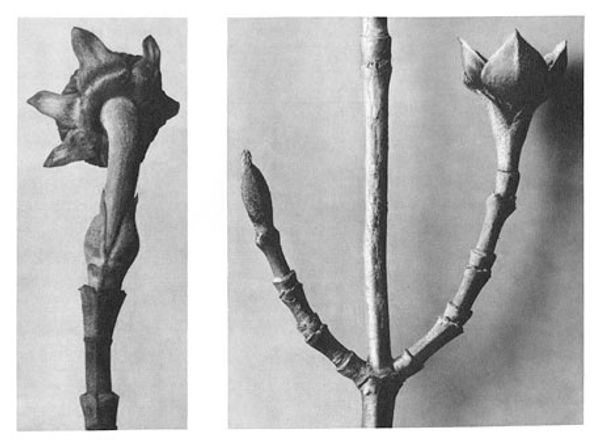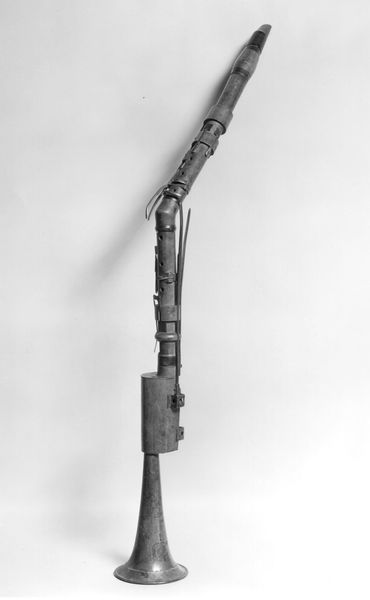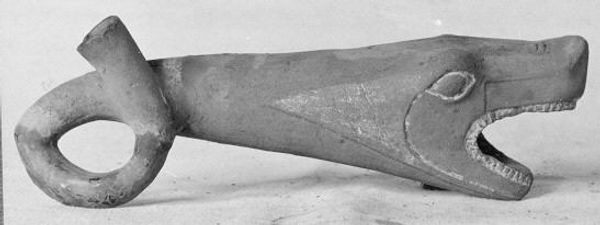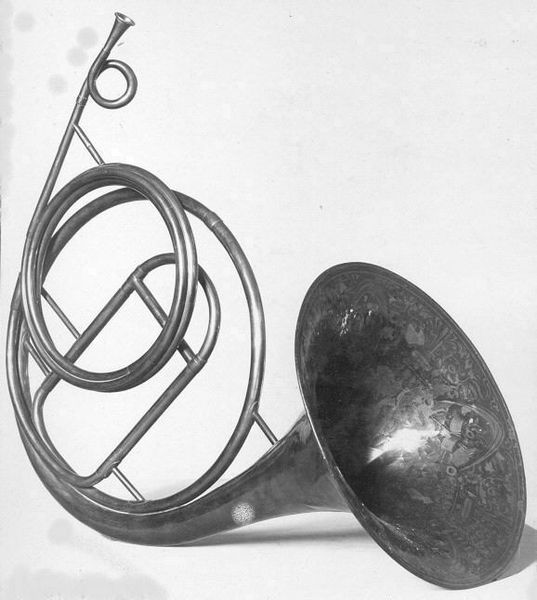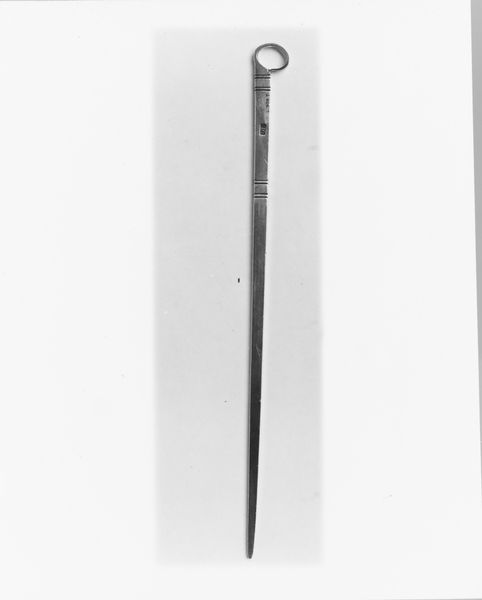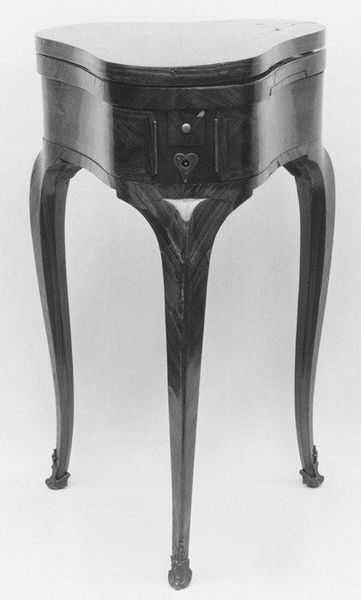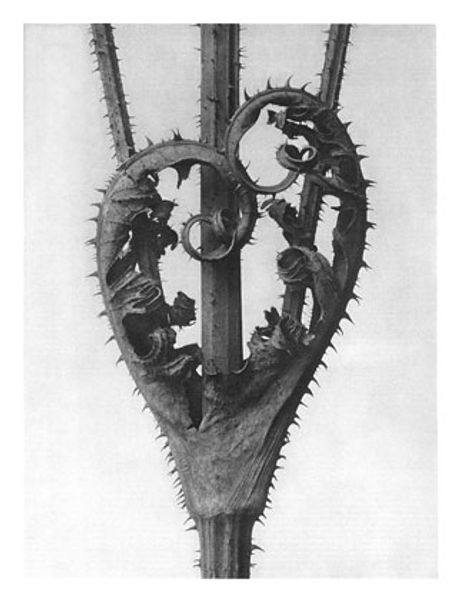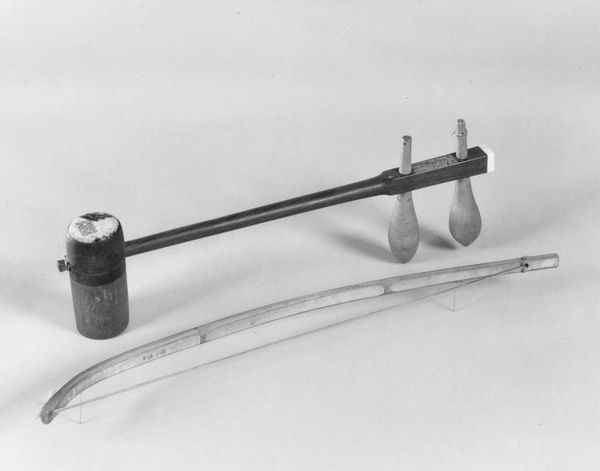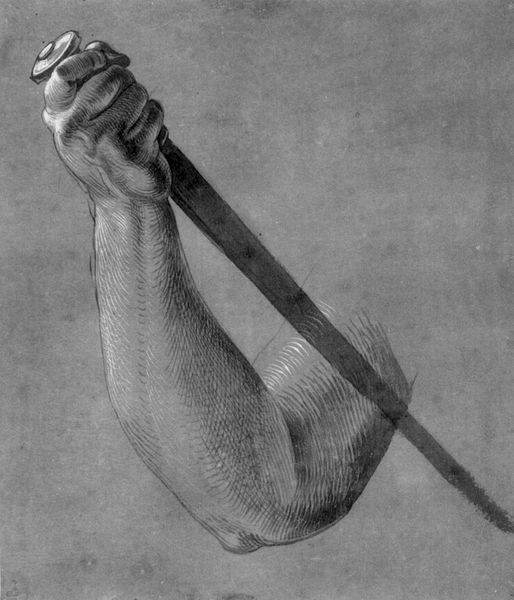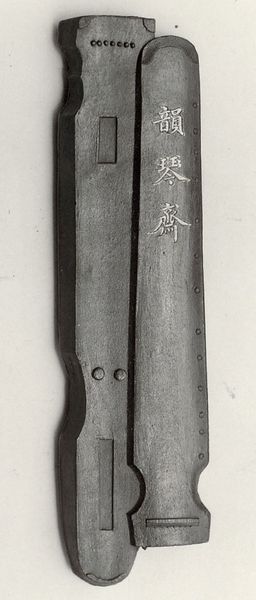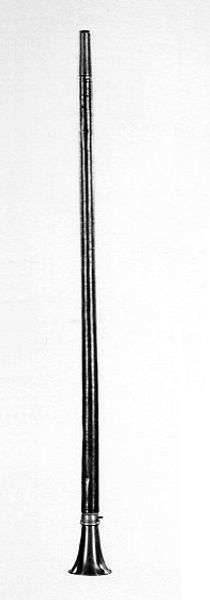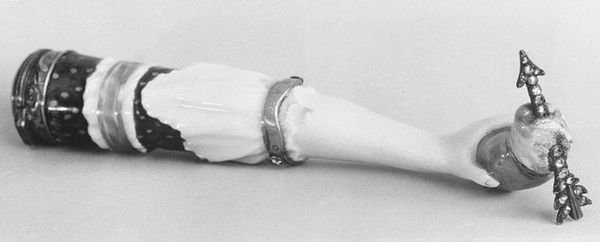
photography
#
still-life-photography
#
photography
#
musical-instrument
Copyright: Public Domain
Editor: This photograph, titled "Northumbrian Small-Pipe," was taken sometime between 1867 and 1900. It's a very detailed still life, but its starkness evokes a strange melancholy in me. What draws your eye, when you look at this image? Curator: My gaze is drawn to the pipes themselves, emblems of cultural memory. Their stillness here belies their potential for vibrant expression. They're not just instruments, but containers of community identity and shared history, passed down through generations. Editor: So the instrument acts as a sort of…time capsule? Curator: Precisely. The very *form* of the bagpipes, with its many parts working in concert, can symbolize social unity. Note how each component connects: bag, pipes, bellows. Are these connections physical only, or something more? Editor: I suppose the connections also symbolize the relationships between the people who played and listened to this instrument over the years. Do you think the black-and-white photography impacts our reading of those symbols? Curator: Profoundly. By stripping away the color, the photograph asks us to focus on the form, the texture, the very essence of the instrument. This enhances its symbolic power; it’s not *this* bagpipe but *the* bagpipe, a symbol of cultural identity. Editor: That makes a lot of sense. Seeing it this way, it really emphasizes the history imbued in everyday objects. Curator: Yes. The photographer John Center prompts us to consider not only the instrument but what this instrument represented across generations. This is more than just a pretty image; it's a story etched in wood, leather, and air.
Comments
No comments
Be the first to comment and join the conversation on the ultimate creative platform.

